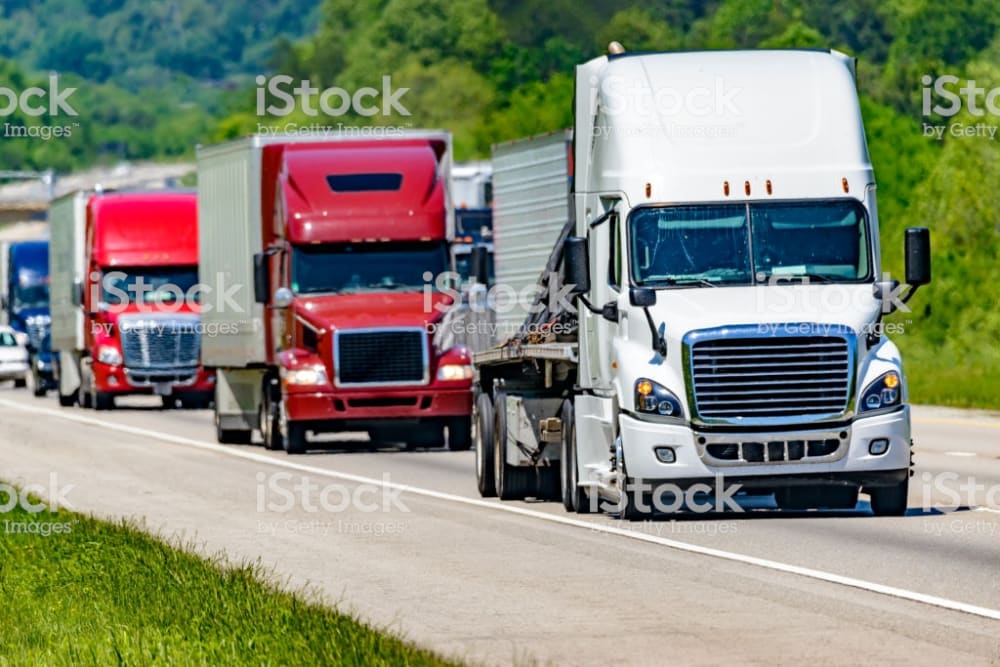The Freight Transport System
Overview:
One of the key components for the future of a country is an efficient, effective, and scalable infrastructure. As such, I propose a major addition to the transportation infrastructure. This proposal greatly improves freight handling efficiency and cost, while significantly reducing environmental impact. It uses existing technology in a new and significantly improved way to create massive long term, high paying jobs at every level in multiple industries as well as local and federal governments. It also creates an infrastructure of great value to national security in the event of a crises or war.
Problem Statement:
For decades there has been a major shortage of long-haul truck drivers resulting in fatigue, sleep deprivation, and little time for families. Long haul trucks significantly exacerbate damage and maintenance on our already overburdened highway system. In spite of improvements, big truck engines continue to pollute the environment and cause public health issues. Heavy trucks are major contributors to annual highway fatalities. Today’s burgeoning on-line shopping is dramatically increasing demand for long-haul trucks and drivers. The problem is rapidly becoming more critical.
Proposal:
This proposal creates a Freight Transport System (FTS) using modern, large gauge, high-speed rail built specifically for freight. Historically the fundamental character of travel has been from one population center into another. One of the major features of the FTS is that it avoids population centers for the transport routes, allowing higher average speeds and reduced real estate investment costs. The Freight Distribution Hubs (FDH) will be located outside population centers minimizing necessary real estate investments. Smaller delivery trucks would be used to bring product to and from the FDH. Small trucks are lighter and more maneuverable, cause less road wear, less traffic congestion, and result in fewer fatalities. As the technology develops, electric and hybrid trucks can be used for local delivery to significantly reduce environmental impact.
How:
As with Interstate highway construction, the federal government will build all or a major portion of the high-speed rail system. State and local governments will build FDH facilities as they do airports. Trucking companies will rent dock space at FDH facilities much like airlines rent gates at airports. Private companies will provide rail cars and engines to carry freight as they do with cargo jets today. Logistics, a major component of such a system, would be handled by companies like FedEx and UPS.
Results:
Bulk freight handling time and cost will be greatly reduced. New highway construction and existing highway maintenance costs will be greatly reduced. The environmental impact will be significantly reduced. Highway deaths will be significantly reduced. Less freight will be carried by cargo jets, thus alleviating air-traffic and airport congestion. This system is readily scalable, easily and quickly growing the number of rail cars and hub space needed to accommodate increased demand. Finally, constructing and operating this system will massively improve long-distance bulk freight handling efficiency, cost, and delivery times while creating hundreds of thousands of new, high paying jobs.
Like this entry?
-
About the Entrant
- Name:John Van Noy
- Type of entry:individual
- Patent status:none

